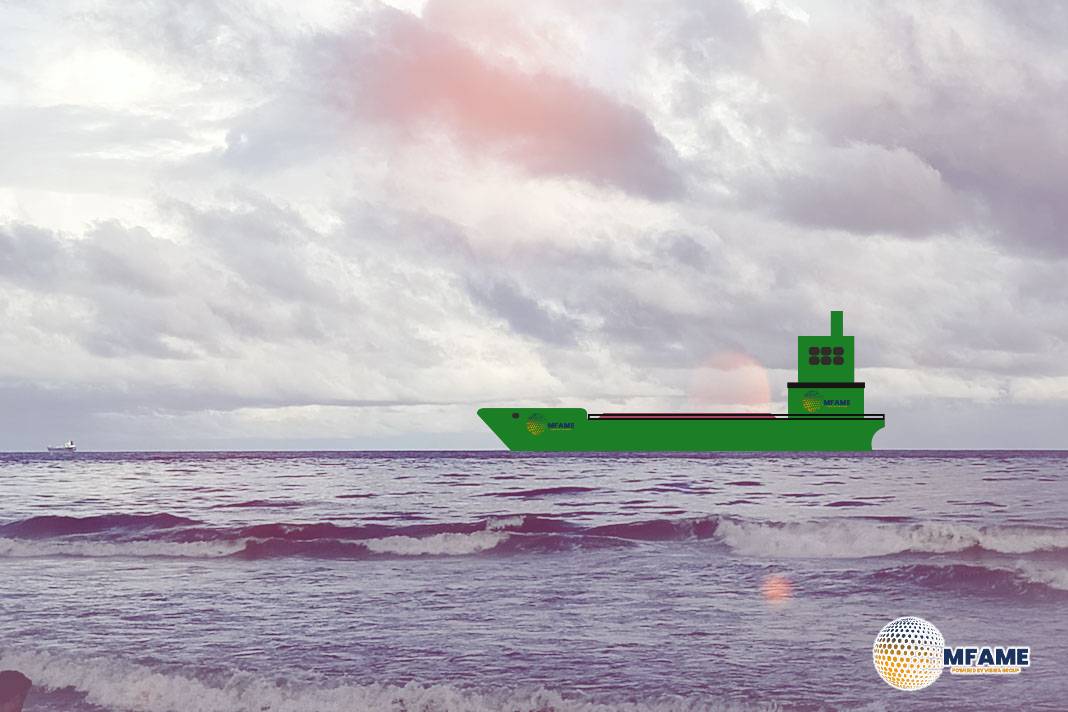- Lloyd’s Register (LR) has introduced Navigating Nuclear Energy in Maritime, the first detailed framework for safely applying nuclear power in commercial shipping and offshore operations.
- The guidance, developed with Global Nuclear Security Partners (GNSP) and NorthStandard, outlines regulatory, technical, and financial steps for integrating small modular reactors (SMRs) into maritime assets.
- It stresses harmonizing international nuclear and maritime standards, ensuring strong safety, security, and environmental safeguards.
- Industry leaders emphasize that collaboration among regulators, operators, and insurers is key to building trust and enabling the responsible transition toward nuclear-powered, zero-carbon shipping.
Lloyd’s Register (LR) has released a comprehensive guidance document titled Navigating Nuclear Energy in Maritime, outlining a structured roadmap for the safe and responsible adoption of nuclear technology in commercial shipping and offshore operations. The publication, developed in collaboration with Global Nuclear Security Partners (GNSP) and marine insurer NorthStandard, aims to help the maritime industry understand the regulatory, technical, and operational pathways for integrating advanced nuclear systems like small modular reactors (SMRs). The report emphasizes harmonizing global nuclear and maritime standards to ensure safety, sustainability, and commercial feasibility, according to Lloyd’s Register.
Integrating Nuclear Technology into Maritime Operations
As the maritime industry intensifies efforts to achieve decarbonization targets, nuclear power has emerged as a strong contender for long-term, zero-carbon propulsion. The Navigating Nuclear Energy in Maritime guidance provides detailed steps for project teams, addressing safety classification, environmental impact assessments, and the creation of a robust nuclear safety case. It highlights the need for clear operational and financial frameworks, including personnel qualifications, emergency response protocols, and quality assurance processes across the project lifecycle. The document also delves into insurance and reinsurance considerations, advocating for predictable liability structures to support commercial deployment.
Safety, Collaboration, and Industry Confidence
A key message from the guidance is the importance of collaboration among regulators, operators, insurers, and nuclear experts to build trust and confidence in maritime nuclear applications. LR’s Mark Tipping noted that nuclear energy offers transformative potential for the maritime industry but requires transparency and cooperation to ensure safe adoption. GNSP’s Nick Tomkinson emphasized the need to integrate safety, security, and safeguards from the outset, while NorthStandard’s Helen Barden highlighted the role of insurers in developing viable frameworks for managing nuclear risk. Together, these perspectives underline a shared commitment to aligning maritime and nuclear standards, fostering innovation, and paving the way for the next phase of sustainable shipping.
Did you subscribe to our Daily newsletter?
It’s Free! Click here to Subscribe!
Source: Lloyd’s Register

























